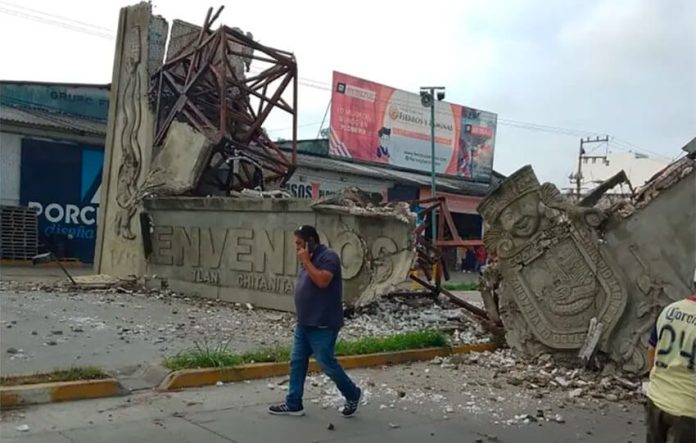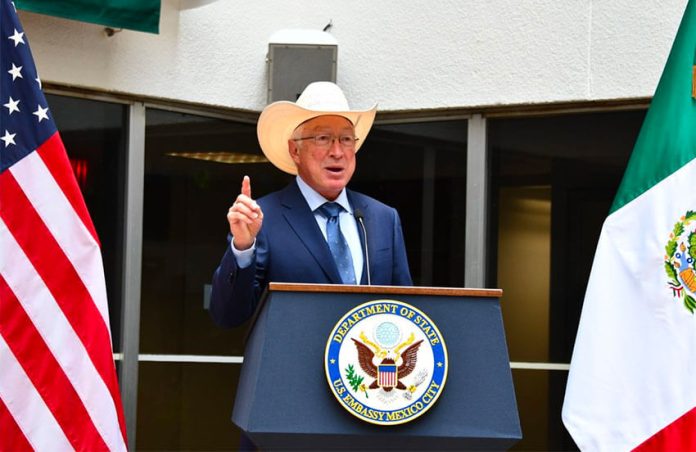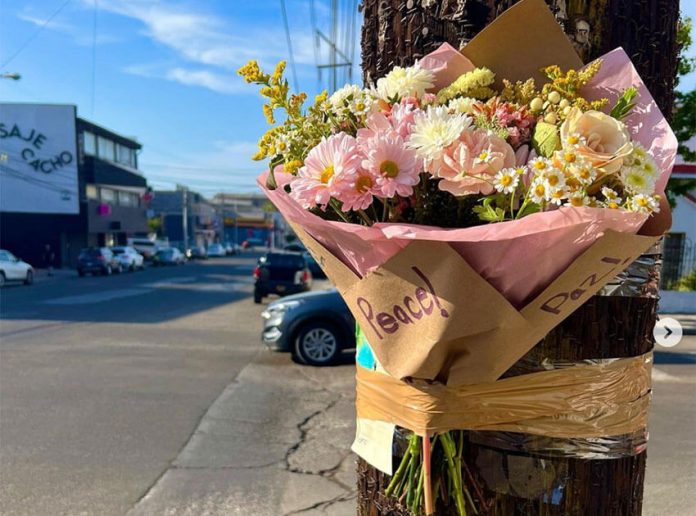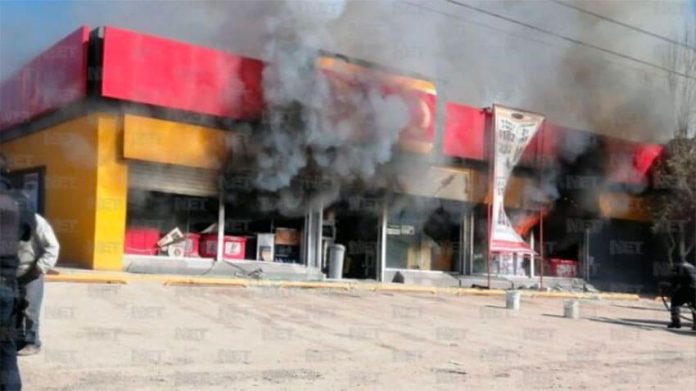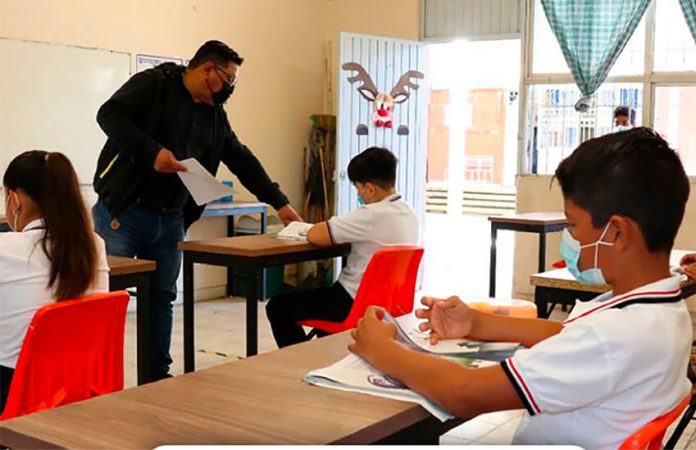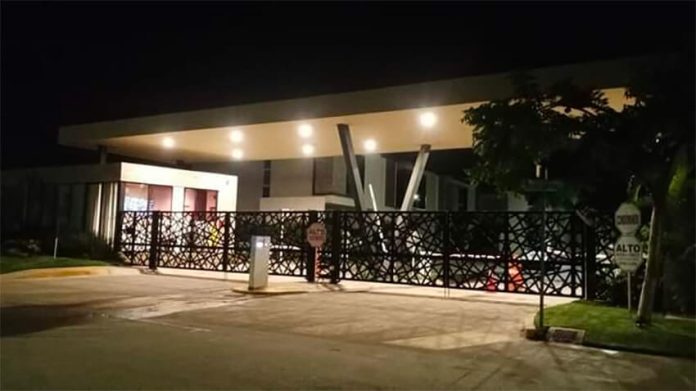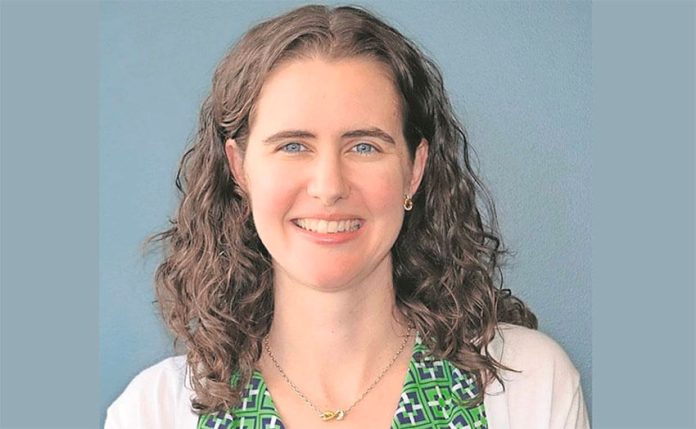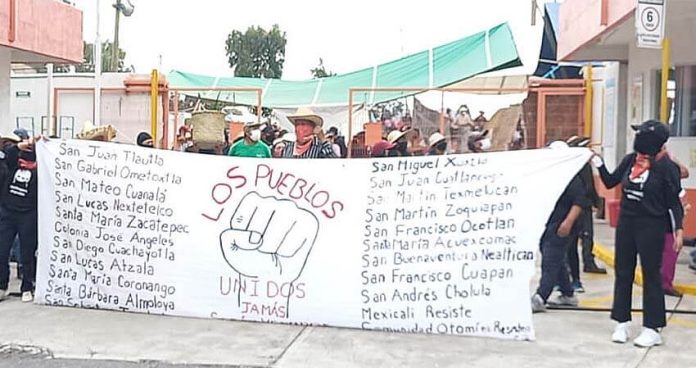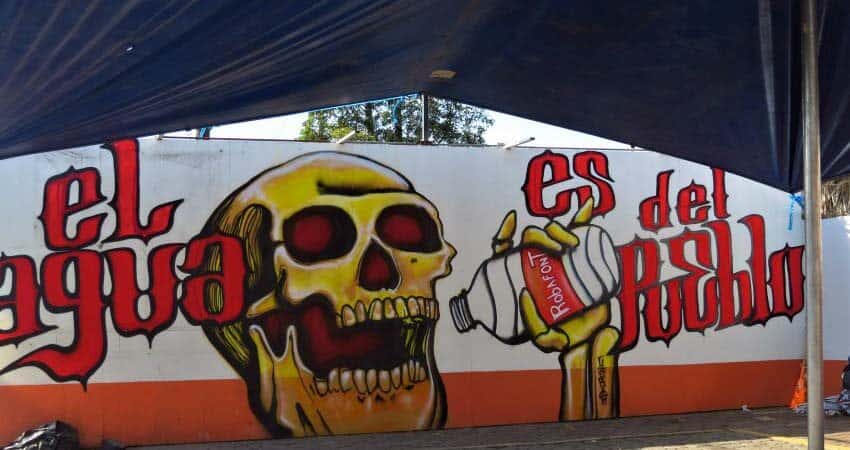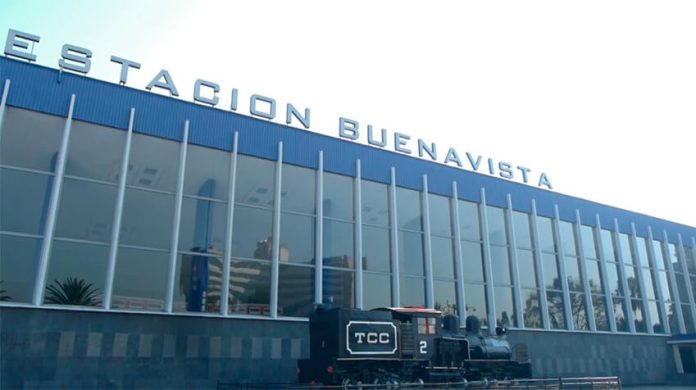If I go out my front door in San Luis Potosí and walk in any direction — north, south, east or west — I’ll hit an Oxxo convenience store in five minutes,10 max. According to Google maps, there are 15 Oxxos within a 1.5-kilometer radius of my address. It may be I live in an especially Oxxo-rich corner of the country, but with more than 20,000 of them nationwide, I’m no outlier.
That’s not necessarily a good thing. You won’t find much in the way of groceries at an Oxxo that isn’t ultra-processed or over-sugared or both. The kids running the place act overworked and underpaid. The stores themselves are ugly and usually clash glaringly with the surrounding architecture. Inside, they seem intentionally designed for maximum discomfort.
Still, the beer and soft drinks are reliably ice cold. Cigarettes, if you’re still into them, are well-stocked. Any Oxxo will handle your utilities payments for a nominal commission. They’re usually open when most other retailers are closed. And, as mentioned, they’re dependably close by. Oxxos are our neighbors.
Which is why last week’s terror attacks in the neighboring states of Guanajuato and Jalisco evoked more than the usual fear and despair. Armed gang members assumed to be members of the Jalisco New Generation Cartel blockaded thoroughfares, cleared out and burned up public transit vehicles, stopped private cars at random to set them on fire as the driver and passengers fled, and put dozens of convenience stores ablaze, mostly Oxxos, as well as some pharmacies and gas stations. This was no distant gangland battle or cordoned-off cop-criminal confrontation. For many, it was happening right around the corner.
Of course, innocent bystanders, in the wrong place at the wrong time, can get caught up in criminal violence. In this case, though, innocent bystanders were precisely the targets. The attack was planned with them in mind. It was coordinated, long-lasting and horrific.
Those experiencing it in real time, without the hindsight we have now, didn’t know what was going on, though they could no doubt deduce by default that it was gang-related. They had no way of knowing how long it would last, how bad it would get, and what was coming next. That’s part of the terror.
A friend texted me Tuesday from Irapuato, a medium-sized city in the state of Guanajuato that was especially hard hit, with some 20 Oxxos set ablaze there. She was bed-ridden with a flu or cold and got her information about what was happening all around her from local internet sites and social media contacts, which she relayed to me. Unsure what to do, she decided to stay where she was, pull the blankets over her head, and wait it out.
A wise decision. The terrorists never approached private homes. And the stores they destroyed were not mom-and-pop tienditas but Oxxos owned by the giant FEMSA corporation, the main bottler and distributor of Coca-Cola in Mexico. Plus, they never hurt anybody. (Which was not the case in unrelated gang violence two days later in Ciudad Juárez that left at least 10 dead, two of them in an Oxxo in that Chihuahua border city.) In Irapuato, you were safe in your home, even if it didn’t feel that way.
In the calm after the storm, the general public resorted to type, citing the event as proving the veracity of what they were saying all along. Thus, supporters of President López Obrador blamed “conservatives” (meaning all who oppose him) for undermining his security policies. His opponents pointed to the president’s failure to tame the cartels, citing specifically his approach of favoring alternatives to trying to out-firepower them. That policy is much pooh-poohed but little understood, perhaps because few can get past the unfortunate label he put on it — “Hugs, Not Bullets” — which may be the most self-defeating slogan since “Defund the Police.”
So we turn to the security experts, who presumably have less political skin in the game than the partisans. There’s general agreement that the terror strike was a show of power, reminding authorities that “we’re here, we’re violent, get used to it.” It’s also assumed by the punditry that the action was in response to — or triggered by — a recent (failed) attempt by the army to nab two capos by attacking a high-level cartel meeting.
Some of the knowledgeable observers go further. Noting the earlier capture of one of the most wanted drug lords, Rafael Caro Quintero, they sense that hugs are out and high-level busts are back in. The criminal organizations sense that policy change as well, and the U.S. support in the Caro Quintero arrest only ups the stakes. Last week’s attacks, in this view, sent the message that with such a shift, there will be blood.
Many security experts think it’s worth it. Their fear is that criminal control of large sections of major cities has become the new normal, a form of surrender.
That concern was underscored when Tijuana Mayor Montserrat Caballero pleaded with the narcos to spare innocent citizens after her own city suffered similar fiery violence later in the week. Her intent may have been laudable, but her wording — “We ask you to collect on your bills from those who owe them, and not from families, not from working citizens” — sounded a lot like acknowledging that the old mafia practice of extorting business owners under the threat of bodily harm was established and accepted in Tijuana. (She later said she meant no such thing.)
So if the message was aimed at the authorities, why were innocent civilians terrorized? Why didn’t they attack an army base, or a government building? The answer, says security analyst Alejandro Hope, is efficiency.
“This kind of action is repeated frequently around the country because it doesn’t require much effort or resources,” Hope wrote in El Universal. “Just a few armed guys can stop a car or bus, get rid of the people in it and set it on fire and the whole process takes less than a minute. The same goes for setting a store on fire.”
Key to success for the narcos are the roadblocks, which prevent the cops or soldiers from reaching the perpetrators. Emergency anti-roadblock equipment has worked in the past, Hope says, but for some reason have been abandoned.
Bring them back. Focus more on damage control. I don’t know if there’s been polling on the issue, but my guess is that most residents of Mexico will agree on the following: If you can’t crush organized crime, do a better job of protecting us from it.
Kelly Arthur Garrett has been writing from Mexico since 1992.

